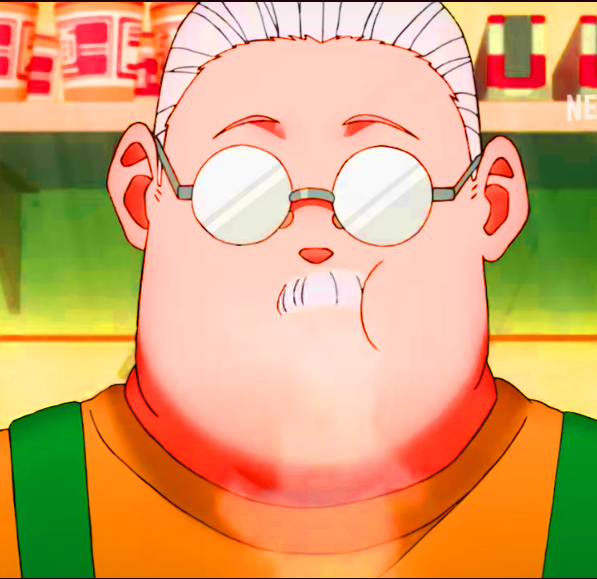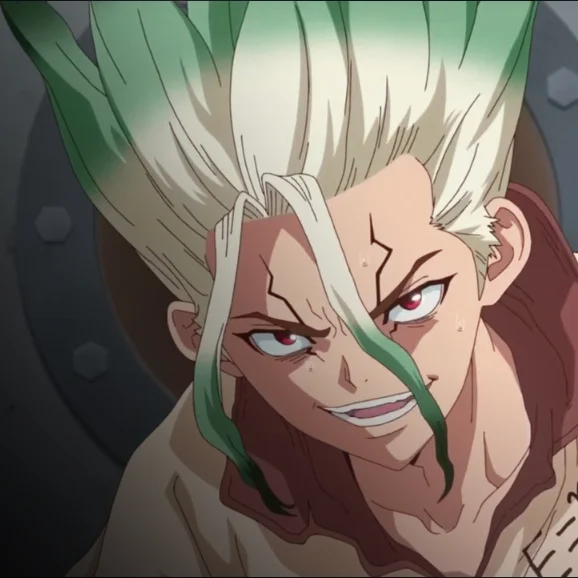
In a major development for fans of the long-running anime series One Piece, Toei Animation has announced the release of remastered versions of several old episodes. This remaster specifically targets the Fishman Island arc, Pink Hazard, and Dressrosa, condensing the original 57 episodes into just 21. Along with this exciting news, the series will also take a six-month hiatus, which will mark the longest break since it began airing uninterrupted. Around 2013. The decision has sparked discussions about the franchise’s future, especially in light of the challenges and opportunities that come with expanding the series to the likes of One Piece.
The reasoning behind the remaster
The move to remaster seems to have stemmed from a recognition within Toei Animation of the need to improve older episodes. Fans and critics alike have noted that the animation quality and pacing in certain One Piece arcs are not up to industry standards. By focusing on the Fishman Island arc, Pink Hazard, and Dress Rosa, Toy Animation aims to elevate the visual experience and streamline the storytelling.
One of the most exciting aspects of this remaster is the promise of improved animation. As technology and artistic techniques have advanced, the creators of One Piece have a unique opportunity to revisit old episodes and breathe new life into them. This revival could not only attract new viewers but also revive long-time fans who were disillusioned with the previous animation style.
In addition to the visual enhancements, the pace of the reordered episodes will be adjusted. One of the criticisms of the original series has been the tendency to include filler material, which can detract from the overall narrative. By condensing the story into fewer episodes, Toei aims to create a more cohesive and engaging experience, allowing viewers to immerse themselves in the plot without unnecessary interruptions.
Interval effect
The six-month hiatus represents a monumental turnaround for One Piece, a series that has aired consecutive episodes for more than a decade. This decision is not just a hiatus but a strategic pause aimed at addressing several challenges facing the franchise.
One of the main reasons for the hiatus is to allow the manga to create more chapters. Adapting a series that has a continuous story, like One Piece, is a unique challenge. In the past, anime often had to adapt only half a chapter per episode, resulting in uneven pacing and less interesting storytelling. By allowing the manga to develop further during the hiatus, Toei Animation could potentially create a more balanced adaptation that better aligns with the source material when the series resumes.
Additionally, the hiatus comes at a time when the series is expected to explore deeper themes and potentially more violent content. Given that the One Piece franchise has a diverse audience, including younger viewers, Toei Animation is likely considering the content’s impact on viewership and ratings. The extra time can enable the team to refine how they present this content, ensuring it remains relevant and engaging for all audiences.
Speculations on weather patterns
During the hiatus and talk of a remaster among fans and commentators, speculation has begun regarding a possible transition of One Piece to a seasonal or core form. This approach has become increasingly popular in the anime industry, allowing for periods of production where creators can focus entirely on one series.
Changing a one-piece into a seasonal look can have many benefits. For one, it will enable better pacing and better animation quality. Instead of the continuous weekly schedule that has characterized the series, a seasonal approach will allow the production team to devote more time and resources to each arc, resulting in higher-quality episodes.
Additionally, a seasonal format can afford animators and other creative staff more artistic freedom. With more time to develop each episode, animators can explore new techniques and storytelling methods, improving the overall quality of the series. This flexibility can help One Piece adapt to contemporary anime trends while maintaining its unique charm and narrative depth.
The Big Picture: Quality and Business Strategy
The decision to reschedule episodes and take a break isn’t just about creative improvement. It also reflects a broader business strategy. In an industry that thrives on audience engagement and viewership measurement, maintaining high-quality content is paramount. By focusing on one project at a time, Toei Animation can ensure that the final product meets fans’ expectations while also maximizing its potential for commercial success.
The hiatus also coincides with another major anime franchise drag.
The Remaster’s Impact on the One Piece Fanbase
The decision to remake key arcs of One Piece — namely Fishman Island, Pink Hazard, and Dressrosa — has sparked excitement among fans both new and old. Longtime followers who were initially disappointed by the pace and animation quality of these arcs are hoping that the remastered version will bring a fresh perspective. Improved visuals, combined with more streamlined storytelling, may also attract new viewers who may have been discouraged by the slow pace and filler episodes of the original series. This remaster not only addresses past criticisms but also positions One Piece to maintain its relevance in the rapidly evolving anime landscape.
The strategic importance of the break
The six-month hiatus, though a bold move, is a calculated one for Toei Animation. By taking this extended break, the studio can give the manga extra time to develop, reducing the pressure on the anime to keep up. This approach could lead to more consistent and faithful adaptations, as the series would not need to extend episodes by adding filler material. This hiatus also gives Toei Animation a chance to evaluate their future approach to the series, allowing them to make adjustments based on both fan feedback and the performance of the reordered episodes.
Exploring seasonal release possibilities
The hiatus has fueled speculation about whether One Piece will transition to a seasonal release format, a strategy that is becoming increasingly popular in modern anime. The seasonal approach will give the production team more time to focus on improving the quality of the animation and maintaining a consistent pace. This change could potentially benefit the series in terms of both storytelling and visual presentation, allowing the team to deliver higher-quality episodes that align more closely with the manga. Fans have seen this approach work well with other long-running anime, and hope One Piece can follow suit.
Long-term business strategy for Toei Animation
From a business perspective, this development represents a significant change in how Toei Animation manages one of its most successful franchises. Resetting old episodes and going on hiatus are strategic moves aimed at ensuring One Piece remains competitive in a market where anime quality and production timelines are scrutinized. Toy Animation’s decision to improve animation quality and pacing not only satisfies fans, but also strengthens the franchise’s potential for commercial success, including merchandise, licensing, and international distribution deals. The break also provides an opportunity to reassess the pace of the series and marketing strategies.
What the future holds for One Piece.
As One Piece enters this new phase, reordered episodes and hiatuses could herald a broader transformation for the series. With the manga nearing its final arc and the anime adjusting its approach to production, the franchise is at an important crossroads. While the future format of the series—whether it remains weekly or moves to seasonal releases—is uncertain, one thing is clear: Toei Animation is committed to providing the best possible experience for fans. Balancing creative ambitions with business objectives, the studio continues to thrive for One Piece, even as it nears its end.



